I recently spent two weeks volunteering at a farm in the prefecture of Iwate, which is located in northern Japan. It was a part of Japan that I’d never visited and is perhaps a little less traveled by tourists.
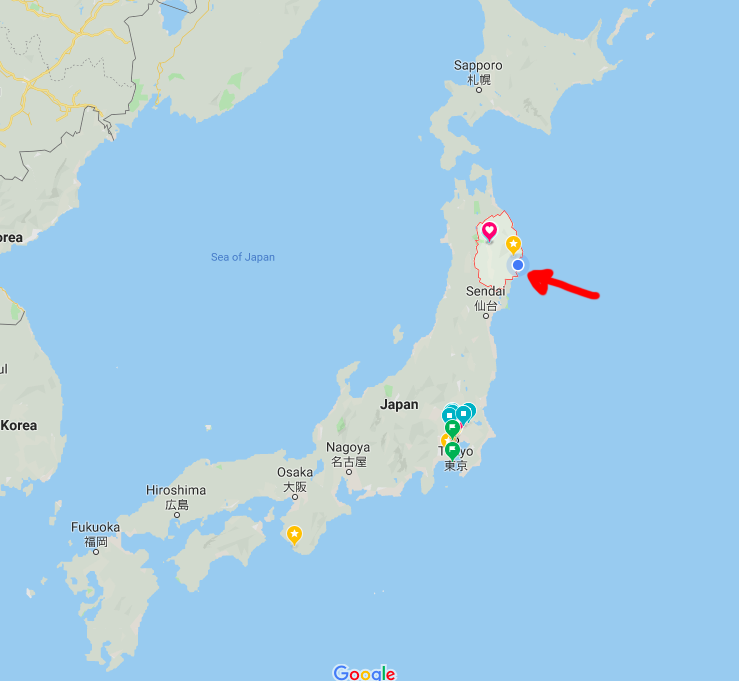
The volunteering I did was called WWOOFing, which stands for World Wide Opportunities on Organic Farms. In exchange for help, WOOFers receive food and a place to stay.
I had several reasons for visiting this area:
- Get away from the hot Tokyo weather
- The area I went to was severely affected by tsunamis, and so there’s opportunity to learn about the history and help rebuild
- Enjoy the Japanese country lifestyle
- Have access to nature
- Practice Japanese and learn stuff!
I chose to stay with Yamada-san because of his experience with sustainable energy.
My WOOFing hosts
Yamada-san Shusei
I was hosted by Yamada Shusei. He was born in Hokkaido, but spent the majority of his adult life traveling as a professional photographer. He’s been in Iwate since 2011, but before that he never lived anywhere longer that three years. For example, he’s been to Africa over 40 times on various expeditions. He’s raced across the world a few times and has been basically everywhere.
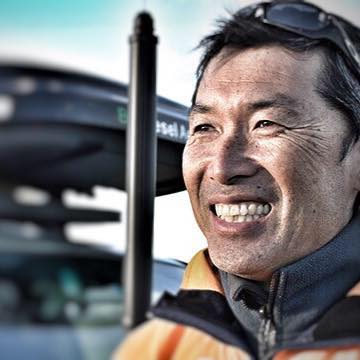
Although he is a renown photographer, I would say his proudest achievement has been his work with biofuel. In the early 2000’s he drove a biofuel car, that is to say a car powered by vegetable oil, around the world starting in Vancouver and ending in Japan. It would be during his victory lap around Japan that northern Japan would experience one of the most devastating tsunamis in recent history (some might remember the nuclear reactor meltdown that happened) and so Yamada-san decided to say in Iwate and help rebuild.
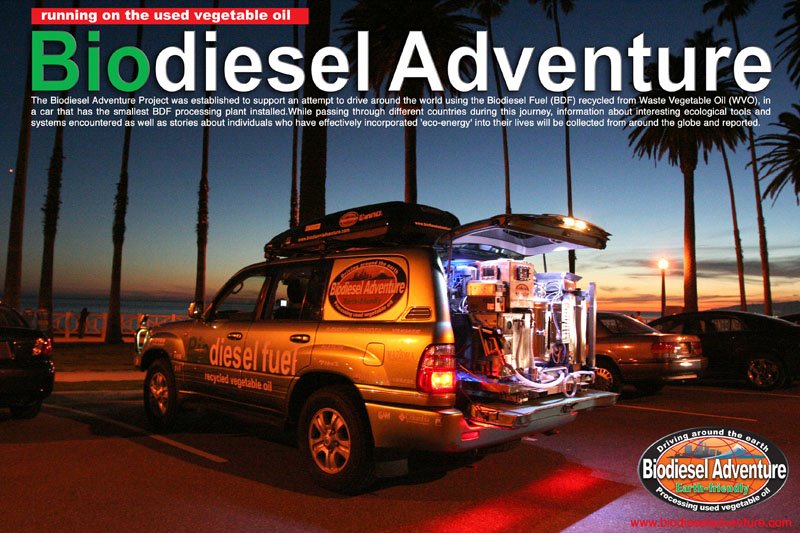
Since then (and probably before that) he has run a number of non-profits.
There’s a lot more I could say about him and his journey, but it’ll be easier to understand through context of the photos later in this post. I encourage anyone that’s interested to visit his facebook page here and his facebook page about biofuel.

Yumi-san
Yumi-san is the other half of the equation that keeps everything afloat. She’s an assistant to Yamada-san and easily one of the nicest and kindest people I’ve met. She’s super patient and would always talk in slower Japanese to me (and make an effort to explain things I didn’t understand).
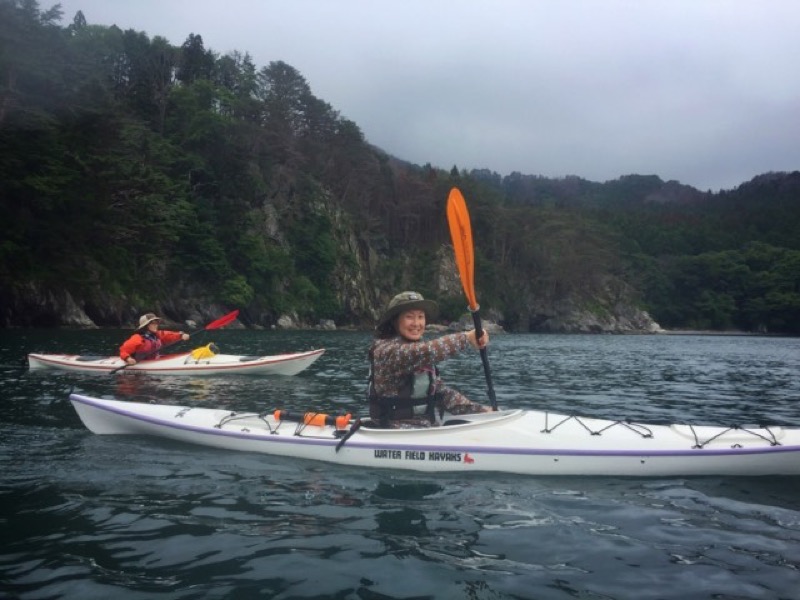
She’s also a very good cook, skilled gardener, and perhaps best characterized as a the glue that keeps everything sane. Lovely company.
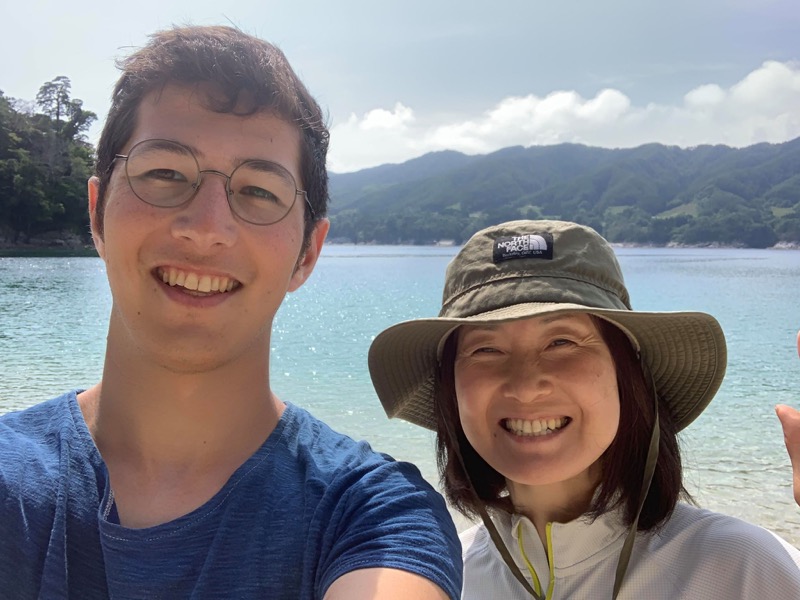
Farming
There are a lot of tasks when running a farm. Every day is kind of different. Shusei lives off of sustainable energy (solar and wind) and grows rapeseeds for an oil that he and Yumi make. There’s still a lot of work to be done.
 The house!
The house!
 Work clothes (I look like I just remembered something)
Work clothes (I look like I just remembered something)

 Grass cutter
Grass cutter
 Path (畦道)!
Path (畦道)!
 Path (畦道)!
Path (畦道)!
 View from the house
View from the house
 Solar and wind energy
Solar and wind energy
 Discussing the days plans with Shusei
Discussing the days plans with Shusei
 Replacing the fence with Shusei and Teppei (a local who works for AirBnb)
Replacing the fence with Shusei and Teppei (a local who works for AirBnb)
 Fence things
Fence things
 Fence things
Fence things
 In action!
In action!
 Vegetable oil from local restaurants (and residents) used to power Shusei’s biofuel car.
Vegetable oil from local restaurants (and residents) used to power Shusei’s biofuel car.
 Painting the deck
Painting the deck
 Painting the deck
Painting the deck



Food
I was able to enjoy very healthy and wonderfully cooked food, mainly by Yumi who is a wonderful chef. With the exception of one dinner that I cooked (burgers!) and one breakfast (aka, using the lefts from burgers). We also ate a lot of ramen at local restaurants. This region is notably famous for its noodles.















Iwate and around Kamaishi
The area is known for a lot of nature, but in particular the rolling fog is sight that never gets old.
 Yumi-san took this photo!
Yumi-san took this photo!


Kayak
I had the fortunate opportunity to go on a kayak trip. We were able to see some of the old rock formations and enjoyed a nice Japanese curry afterwards.



Kids
After school there is a local daycare nearby. We played cops and robbers and went into the forest to collect mulberries.






Nature




Random









 You take your raw rice here to peel the tusks and turn it into white rice
You take your raw rice here to peel the tusks and turn it into white rice




 We were invited to a meeting to discuss how to attract and accommodate tourists in Kamaishi. I gave a 5 minute impromptu speech (in Japanese!). 日本人としてつまらないことは、外国人にとって面白いと思うということだった。
We were invited to a meeting to discuss how to attract and accommodate tourists in Kamaishi. I gave a 5 minute impromptu speech (in Japanese!). 日本人としてつまらないことは、外国人にとって面白いと思うということだった。

 A very old Japanese Oak tree.
A very old Japanese Oak tree.

 The world rugby tournament is in Japan this year and Kamaishi is one of the host cities.
The world rugby tournament is in Japan this year and Kamaishi is one of the host cities.
My instagram: ten.japan
I might as well plug this here:
I’m ten.japan on Instagram. I post some photos of things I’m trying in Japan and occasional life photos via stories (or whatever the feature is called). Again, here is a link.
Conclusion
I learned a lot about sustainable living and how easy it is to start using renewable energy. With a handful of solar panels you can live quite easily without a power bill. Also biofuel engines are totally usable. Certainly in a community that would otherwise dispose of their cook oil in a dump, there is room for someone like Shusei to collect wasted oil. He definitely has enough for himself, but also for natural disasters, powering special events, etc.. It’s pretty cool.
Iwate is a beautiful prefecture with nice rolling hills and tons of nature.

Running a farm is hard. I guess I already knew that, but I feel like I relearned it again. It’s a continuous process and your check list of things-to-do is never ending.

The impact of the 2011 tsunami is still super present. It really impact every single city on the coast. Entire towns were basically wiped away. There’s been a huge effort to rebuild since then and it’s given the current generation an opportunity on how to improve and prep for the future.
I was treated as family with amazing hospitality. Thank you to Shusei-san and Yumi-san for you kindness and this experience.

